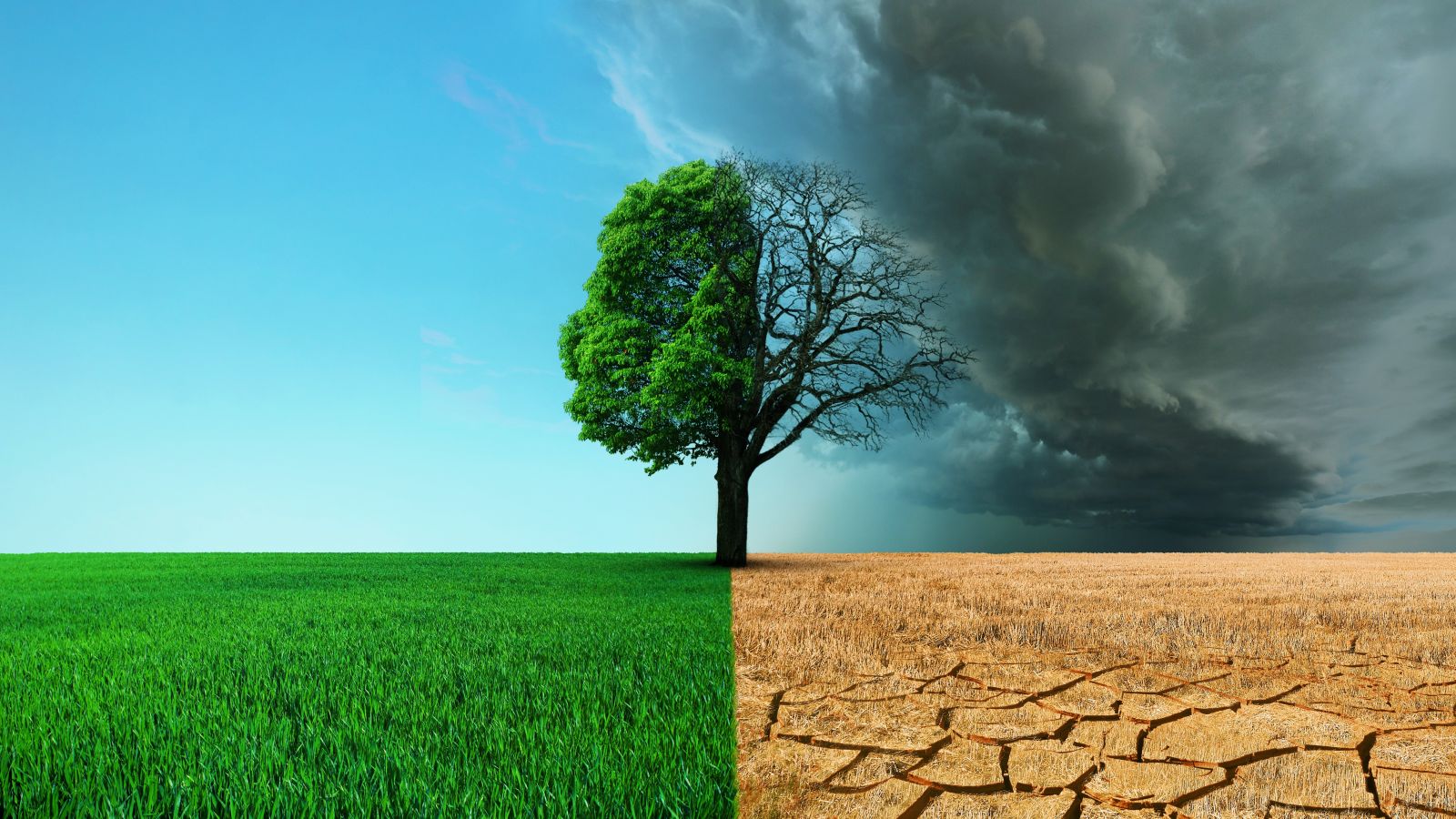What is a negative EPO Index in meteorology? How it may thwart a potential bull market in natural gas and corn futures

(ZCN25) (CORN) (ZSN25) (SOYB) (ZWN25) (WEAT) (TAGS) (DBA) (NGN25) (NGQ25) (UNG) (KOLD) (BOIL)
“What is a negative EPO Index in meteorology? How it may thwart a potential bull market in natural gas and corn futures”
By Jim Roemer - Meteorologist - Commodity Trading Advisor - Principal, Best Weather Inc. & Climate Predict - Publisher, Weather Wealth Newsletter
Scott Mathews, Editor
June 10, 2025 - Tuesday Evening Report
Once again, as usual, there have been other commodity advisory and weather forecast services out there who have been trying to beef up potential global crop problems for multiple commodities this spring and summer. However, the headlines of our most WeatherWealth newsletter earlier this week, suggest quite the opposite.
Yes, there have been some problems with wheat crops in Australia, Ukraine and parts of Canada, but needed rainfall will be easing drought conditions in parts of Canada and an “El Niño neutral” event and negative Indian Ocean Dipole suggest an ample Indian Monsoon this summer for crops such as sugar, rice and soybeans.

- Source: WeatherWealth newsletter—Jim Roemer (Image of William Shakespeare and quote from Julius Caesar by AZquotes.com)
There is one key teleconnection we look at to predict Midwest corn belt weather and has a big influence in the natural gas market, especially during the winter. That is called the Eastern Pacific Oscillation Index (EPO). When the index is positive low pressure is close to (or to the east of) Alaska that can bring big Midwestern heat domes and ridges and also excite natural gas traders. Whenever it is negative, (as it will be in the next few weeks), it suppresses any major Midwest heat and brings what we call “rim of fire" type storms over the top of the ridge.

- Sources: Chart by WeatherBELL.com (Used by permission - Map insert by NOAA- (with superimposed labels and arrow by BestWeather, Inc.)
The negative EPO index is destined to prevent any major Midwest heat and dry dome, at least until the beginning of July when the Midwest corn crop begins to pollinate. Cooling in the north will push into the southern heat dome and create great rains into early July for most Midwest corn regions. It’s also pretty difficult to get a major bull market in natural gas when the northern half of the US is normal to cooler-than-normal.

- Source: Screenshot of forecast tool by Climate Predict LLC (a company owned by BestWeather, Inc.)

- Source: Map by StormVistaWxModels.com (Used by permission) - Superimposed marking and labels by BestWeather Inc.
Will the negative EPO weaken in July and allow this big ridge to move north and affect grain and natural gas markets? We tend to have an early jump on most weather forecasts and commodity trading sentiment by second guessing models based on teleconnections such as the EPO, that few meteorologists or traders talk about.

Source: Map by NOAA - Superimposed labels by BestWeather Inc.
You can get a FREE report here >>>>> https://www.bestweatherinc.com/new-membership-options/
A couple of weeks ago, we published this report explaining why we have been bearish towards corn for a while and also how weather is affecting global commodities from coffee to natural gas.

https://www.bestweatherinc.com/
Thanks for your interest in commodity weather!
Jim Roemer, Scott Mathews and the BestWeather Team
Mr. Roemer owns Best Weather Inc., offering weather-related blogs for commodity traders and farmers. He also is a co-founder of Climate Predict, a detailed long-range global weather forecast tool. As one of the first meteorologists to become an NFA registered Commodity Trading Advisor, he has worked with major hedge funds, Midwest farmers, and individual traders for over 35 years. With a special emphasis on interpreting market psychology, coupled with his short and long-term trend forecasting in grains, softs, and the energy markets, he commands a unique standing among advisors in the commodity risk management industry.